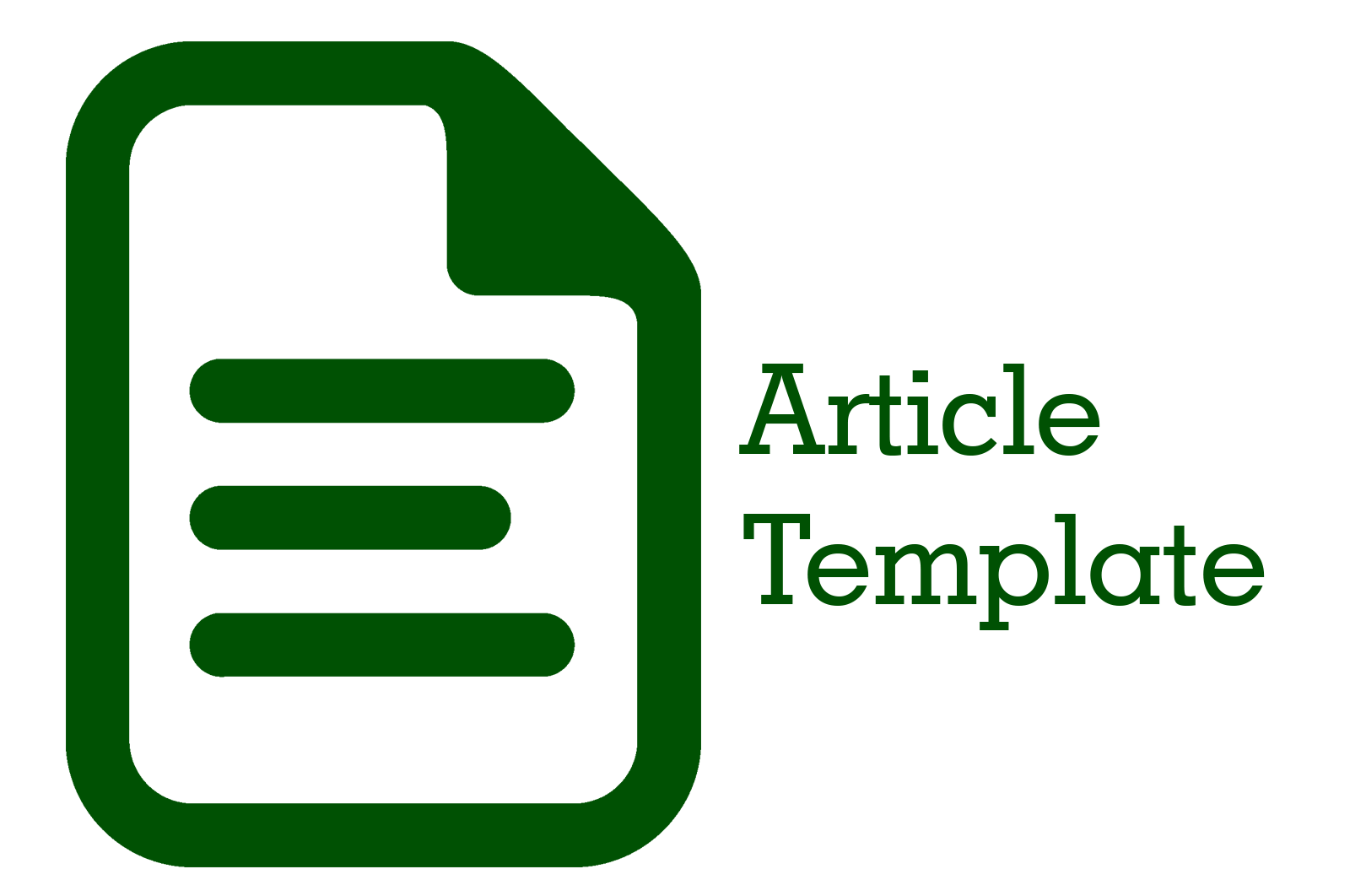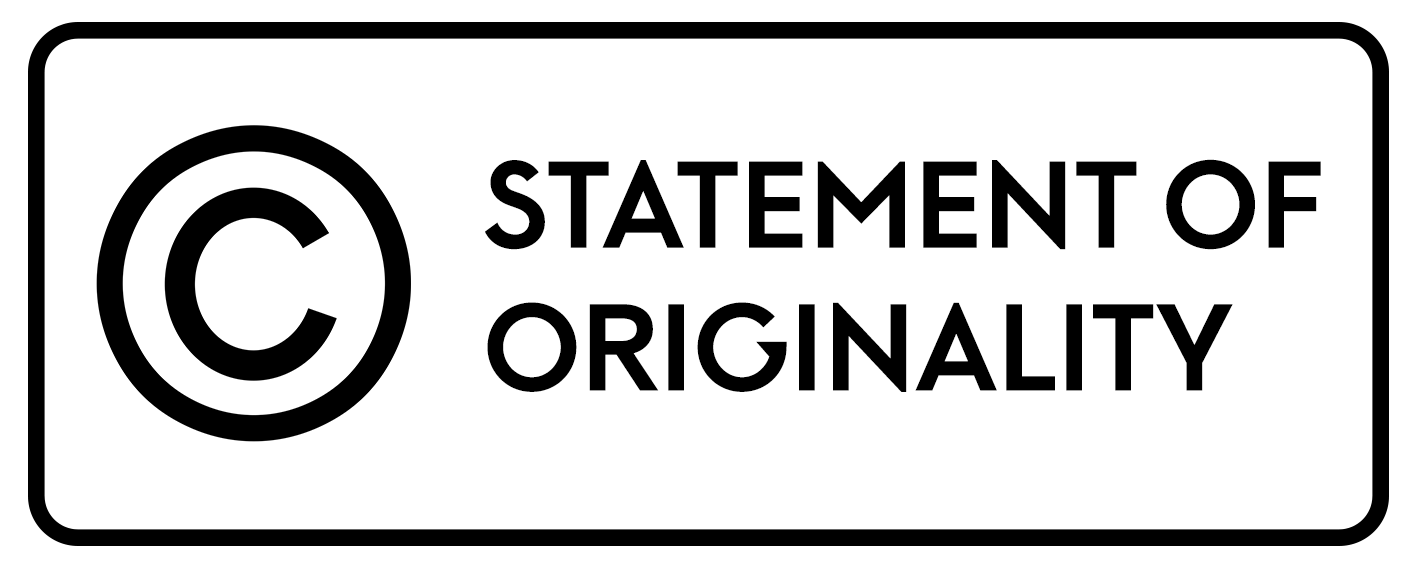Pengaruh Penggunaan Media Aplikasi Canva Terhadap Hasil Belajar Mahasiswa Pada Mata Kuliah Konsep Dasar IPS
 Abstract views: 1358
,
Abstract views: 1358
,
 PDF (Bahasa Indonesia) downloads: 1445
PDF (Bahasa Indonesia) downloads: 1445
Abstract
The purpose of this research is to find out how much influence the use of Canva media has for PGSD students in taking the Basic Social Sciences Learning Concepts course. The type of research used is quantitative research with a quasi-experimental method. This research uses 2 classes, namely the experimental class, namely Canva learning media and the control class using Microsoft Power Point. The results of the research proved that the average pre-test score for the experimental class was 42.4 and for the control class was 41.2. The experimental results obtained tcount = 0.311 and ttable = 1.708 because tcount <ttable, the two samples had the same initial performance. The average post-test score for the experimental class was 76 with a standard deviation of 12.24 and for the control class was 67.6 with a standard deviation of 12.67. The results of the post-test scores for the research class and the control class were tested using a one-party t experiment and the results were 2.780 > 1.708, namely tcount > ttable at a significance level of 0.05 then (Ha) was accepted and Ho was rejected, which means that there is an effect of Canva media on learning outcomes students on the material influence of Western/foreign culture in Indonesia.
Downloads
References
Arikunto, S. (2009). Prosedur Penelitian Suatu Pendekatan Praktek. Jakarta: Rineka Cipta.
Gagne, R. M., & Briggs, L. J. (2020). Principles of Intructional Design (4th Edition). In Japan’s High Schools.
Hamalik, O. (2013). Kurikulum dan Pembelajaran Edisi 1. In Bumi Aksara, Jakarta.
Hasrul, H., Yunus, M., & AS, H. (2022). Penerapan Model Pembalajaran Predict-Observe- Explain (POE) untuk Meningkatkan Hasil Belajar Siswa. Edukatif : Jurnal Ilmu Pendidikan, 4(1), 1006–1017. https://doi.org/10.31004/edukatif.v4i1.1972
Manurung, A., Panjaitan, M. B., & Thesalonika, E. (2017). Analisis Kemampuan Berpikir Kritis Siswa Pada Hasil Belajar Dalam Materi Bilangan Bulat Di Kelas V Upt Sd Negeri 02 Lima Puluh. Jurnal Pendidikan Dan Konseling (JPDK), 105(2), 79. https://doi.org/10.31004/jpdk.v4i5.7711
Nurseto, T. (2011). MEMBUAT MEDIA PEMBELAJARAN YANG MENARIK. Jurnal Ekonomi & Pendidikan, 8(1), 19–35. http://dx.doi.org/10.21831/jep.v8i1.706
Permana, E. P. (2018). Pengaruh Media Sosial sebagai Sumber Belajar IPS Terhadap Motivasi Belajar, Kemampuan Berpikir Kritis dan Berpikir Kreatif Siswa Sekolah Dasar. PINUS: Jurnal Penelitian Inovasi Pembelajaran, 4(1). https://doi.org/10.29407/pn.v4i1.12431
Rusdiana, R. Y., Putri, W. K., & Sari, V. K. (2021). Pelatihan Pembuatan Media Pembelajaran Menggunakan Canva bagi Guru SMPN 1 Tegalampel Bondowoso. Pengabdian Magister Pendidikan IPA, 4(3). https://doi.org/10.29303/jpmpi.v4i3.952
Saragih, G., Thesalonika, E., & Sihombing, S. (2022). Pengaruh Media Pembelajaran Power Point Berbasis Interaktif terhadap Hasil Belajar Siswa di Kelas IV pada Tema 4 Berbagai Pekerjaan. Jurnal Pendidikan Dan Konseling (JPDK), 105(2), 79. https://doi.org/10.31004/jpdk.v4i5.7928
Su’uga, H. S., Ismayati, E., Agung, A. I., & Rijanto, T. (2020). Media E-learning Berbasis Google Classroom Untuk Meningkatkan Hasil Belajar Siswa SMK. Jurnal Pendidikan Teknik Elektro, 9(3). https://ejournal.unesa.ac.id/index.php/jurnal-pendidikan-teknik-elektro/article/view/36253
Sugiono. (2016). Metode Pendekatan Kuantitatif, kualitatif dan R&D. In Bandung: Alfabeta.
Sugiyono. (2017). Metode Penelitian Kuantitatif, Kualitatif dan R&D. Alfabeta.
Suhartoyo, E., Wailissa, S. A., Jalarwati, S., Samsia, S., Wati, S., Qomariah, N., Dayanti, E., Maulani, I., Mukhlish, I., Rizki Azhari, M. H., Muhammad Isa, H., & Maulana Amin, I. (2020). Pembelajaran Kontekstual Dalam Mewujudkan Merdeka Belajar. Jurnal Pembelajaran Pemberdayaan Masyarakat (JP2M), 1(3). https://doi.org/10.33474/jp2m.v1i3.6588
Syupriyanti, L., Firman, F., & Neviyarni, N. (2019). PENGARUH MEDIA AUDIO VISUAL INTERAKTIF MENGGUNAKAN PENDEKATAN CTL DALAM PEMBELAJARAN TEMATIK TERPADU TERHADAP HASIL BELAJAR DAN MOTIVASI SISWA SD. EDUKATIF : JURNAL ILMU PENDIDIKAN, 1(3). https://doi.org/10.31004/edukatif.v1i3.54
Copyright (c) 2023 Emelda Thesalonika, Ease Arent

This work is licensed under a Creative Commons Attribution 4.0 International License.

Jurnal Simki Pedagogia : https://jiped.org/index.php/JSP/index is licensed under a Creative Commons Attribution 4.0 International License.
















